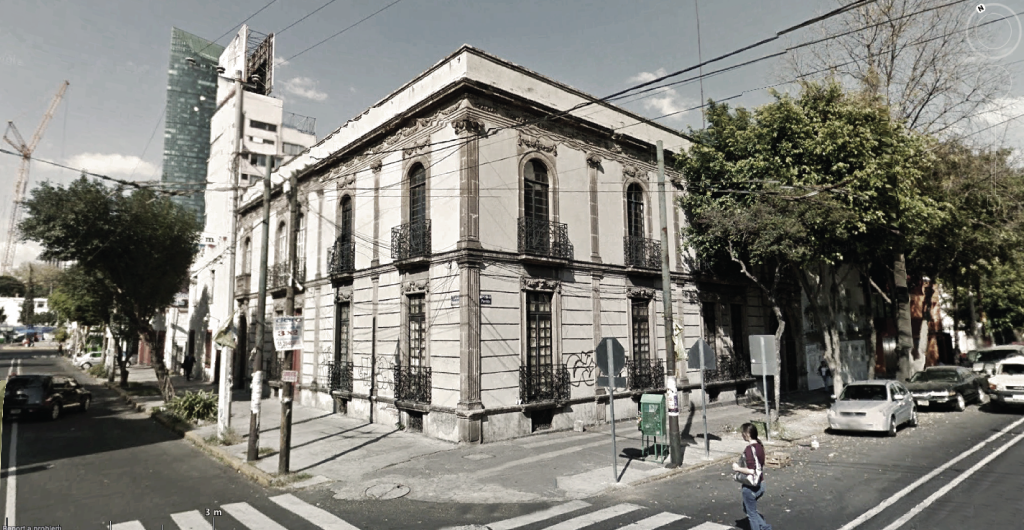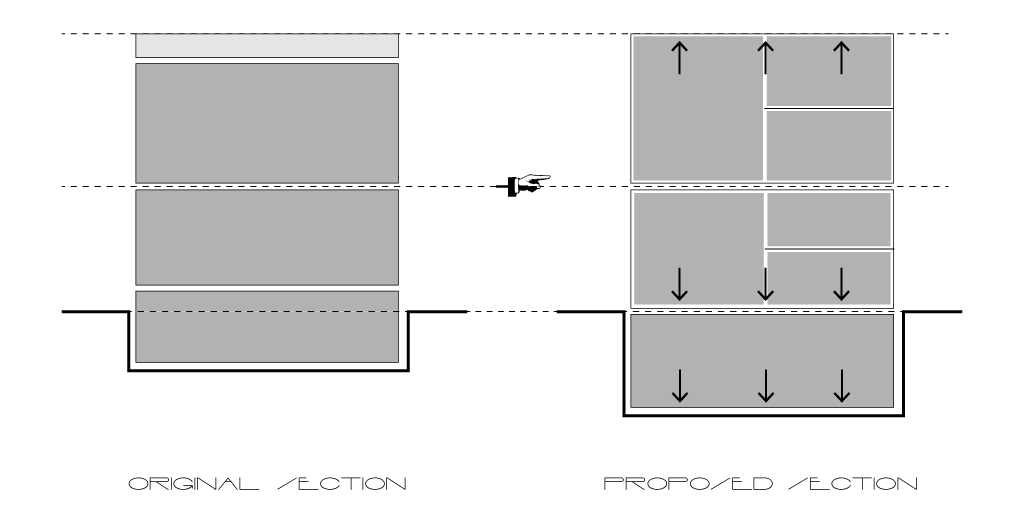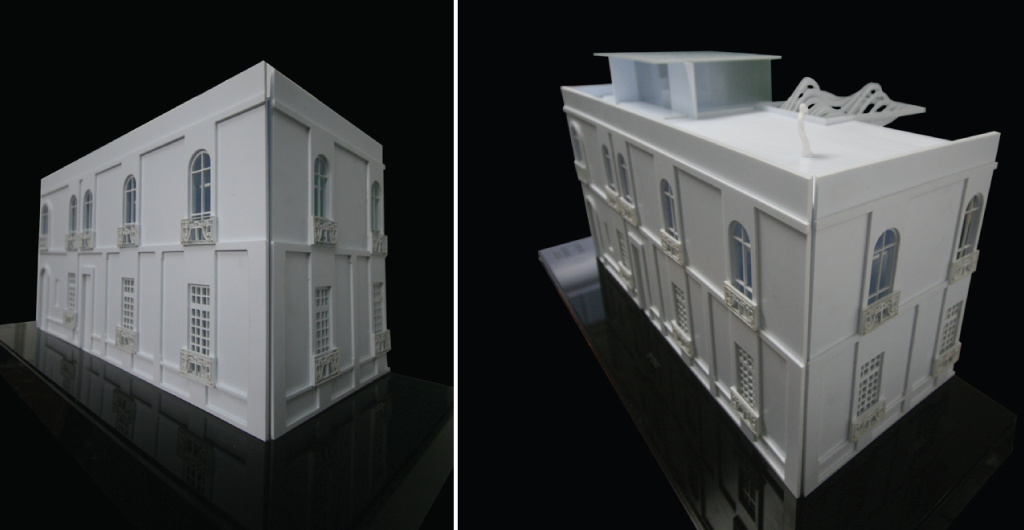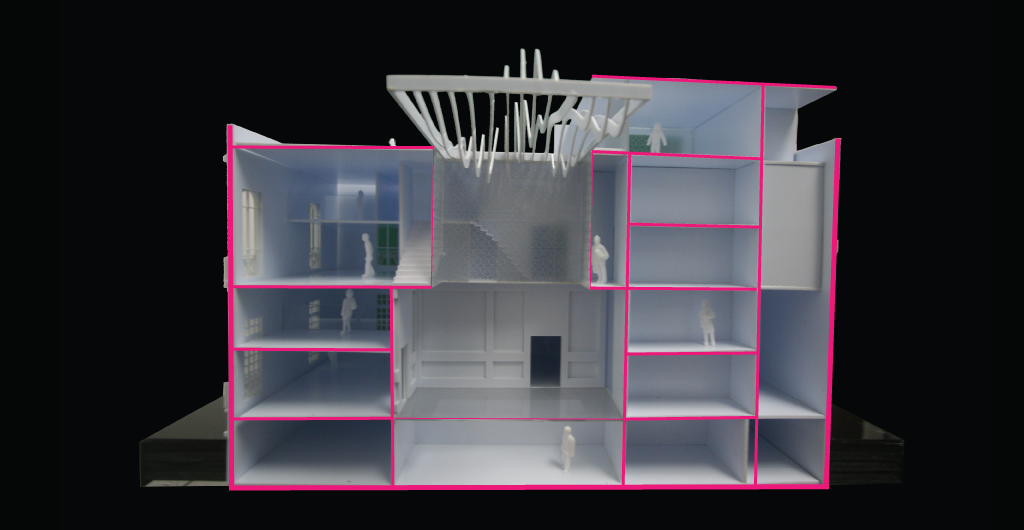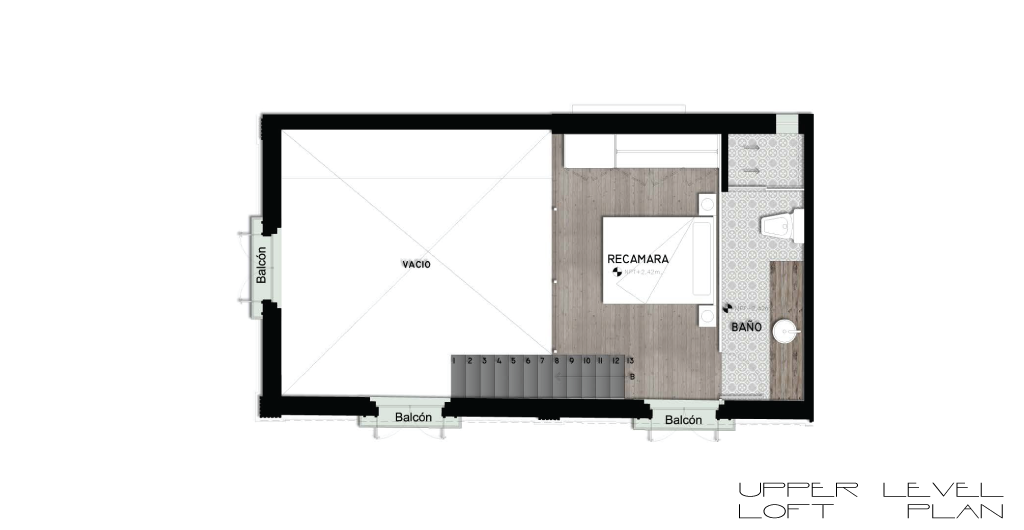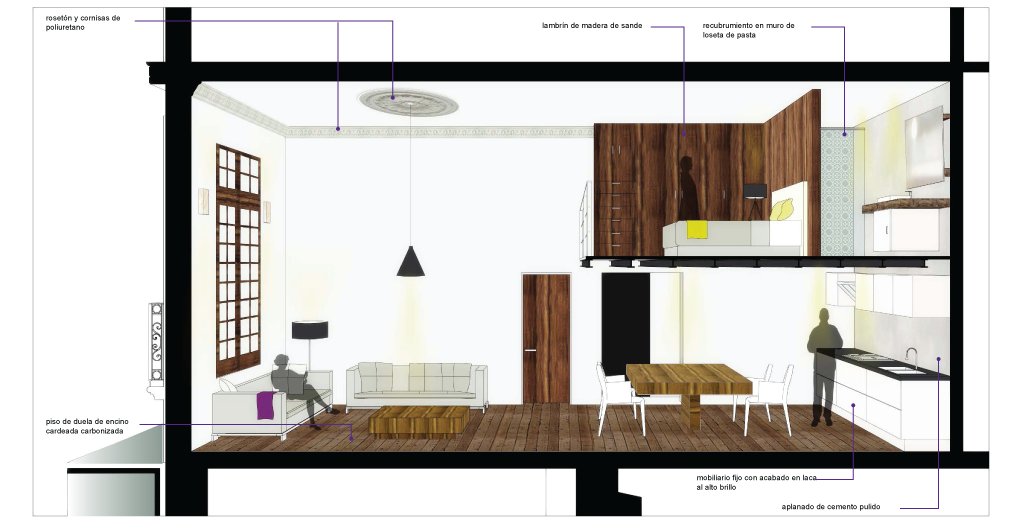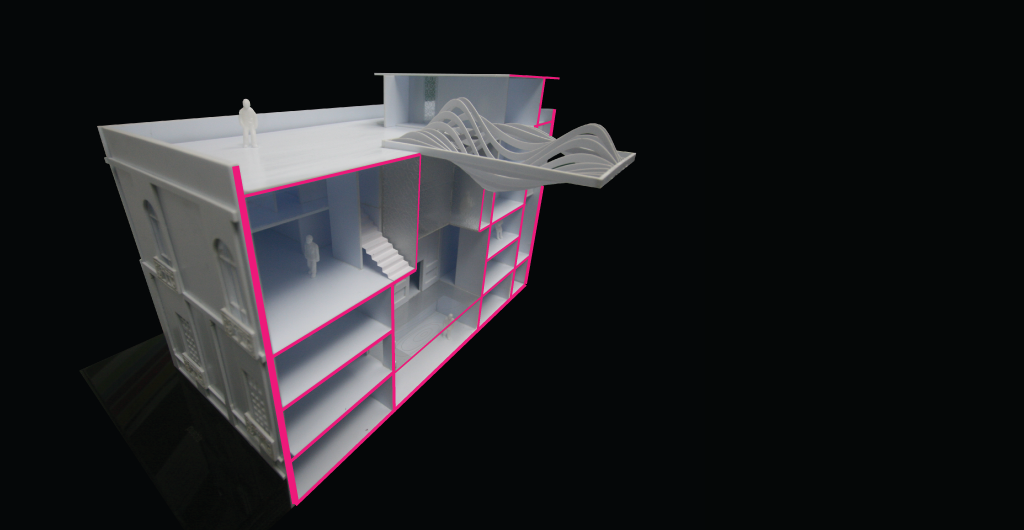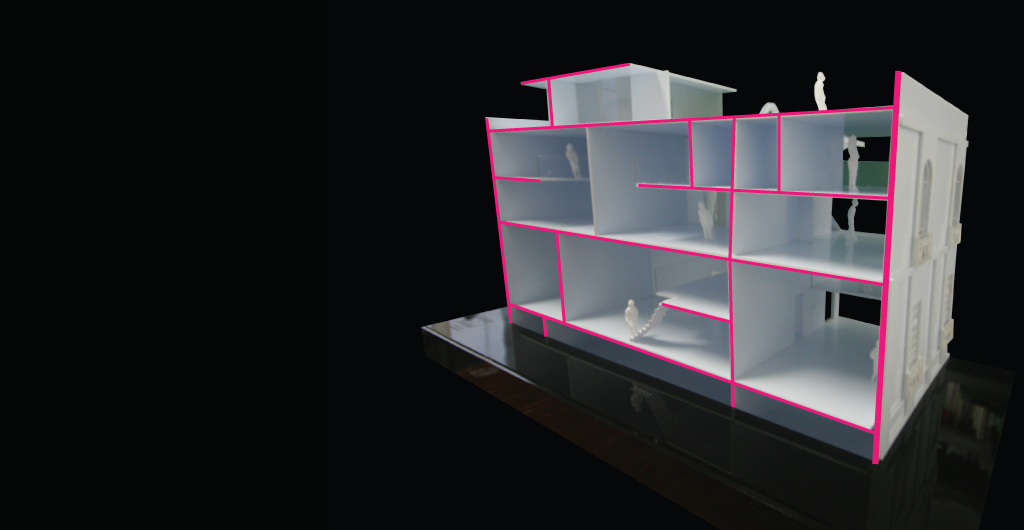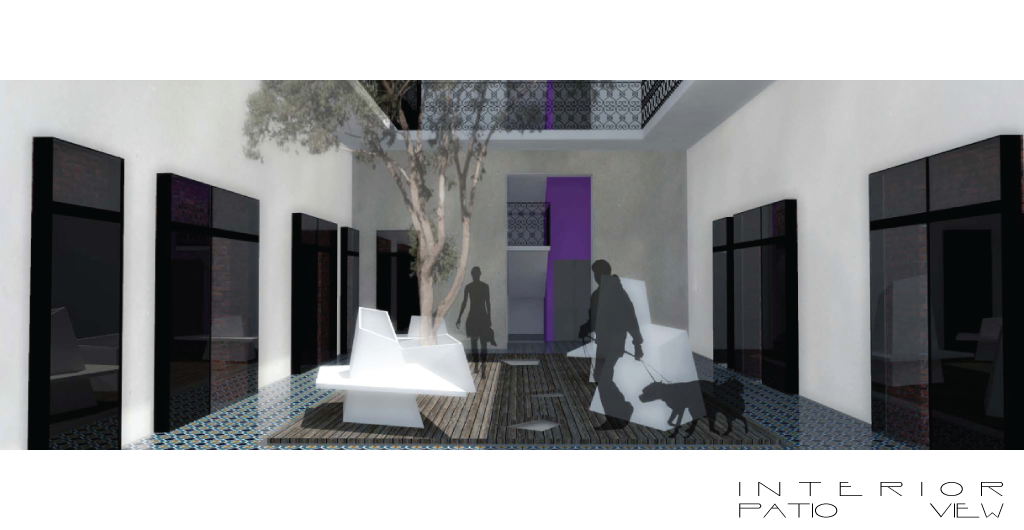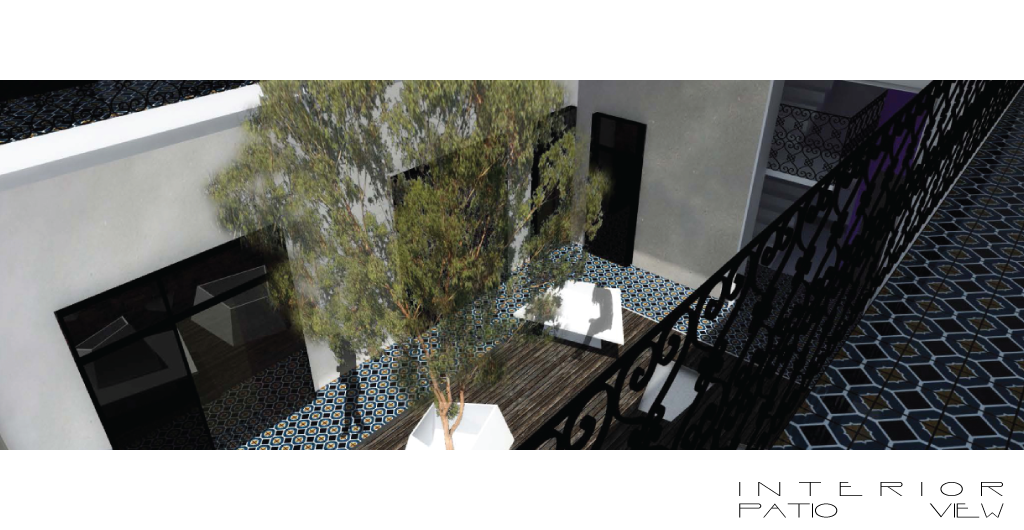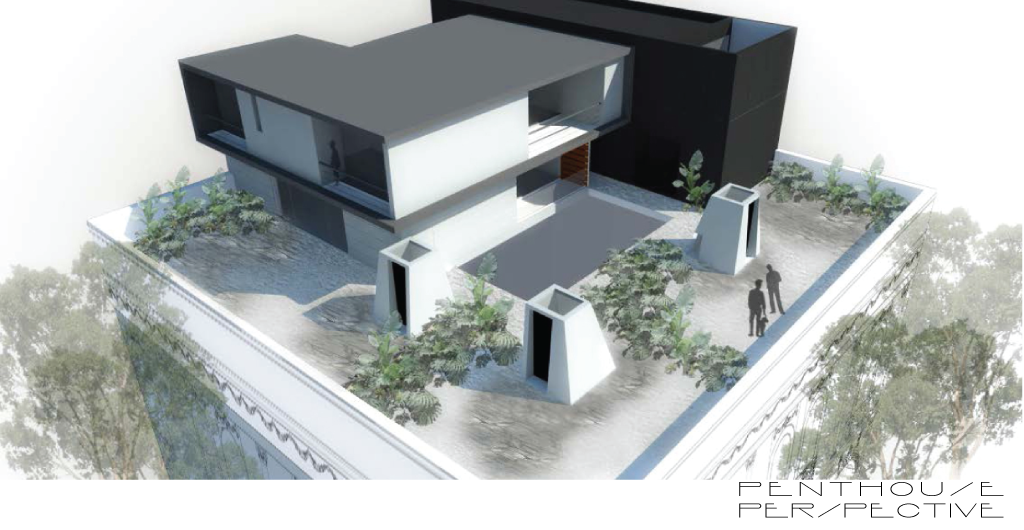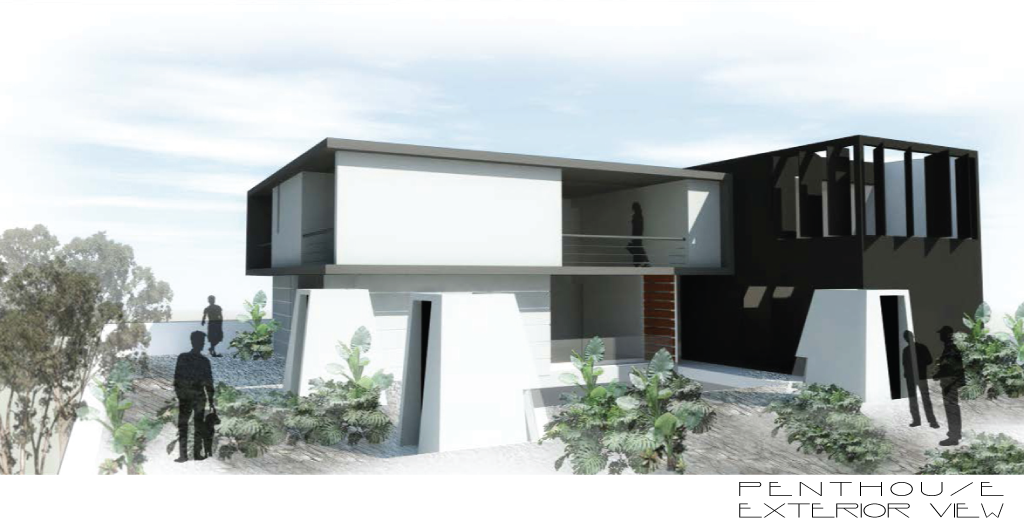Urban Recycling means accepting that something is over their life cycle and need to start another cycle based on an existing condition. The history and culture of a place is essential as initial data from which to start a new cycle and/or process. Recycling is innovation.
We were awarded as winners of a restricted competition for the re-habilitation of a historical building in one of the most (culturally) vibrant areas of Mexico City, the neighborhood of “La Roma”.
In accordance with the existing laws in Mexico City for this kind of historical (valued) buildings there is a collection of “restrictions” one must follow in order to “conservate” the relevance of this buildings, this rather than create “obstacles” opened endless (creative) doors for us to propose solutions which will multiply exponentially the client’s (real estate developer) initial investment.
The project is an opportunity to develop new programs regarding hierarchies and reference figures. The project developed new space programs and practices for a new social subject, in short we proposed actions for deploying development tangents. The proposal curdled with multiple use of contemporary techniques within an existing context (of traditional physiognomy) and with a degree of historical and artistic value. We seek to isolate the current regulatory system (conservation laws), and by transforming the original interior heights of the stories we generate free fields resulting in new livable spaces generated by hybridization between culture, historical heritage, production and leisure.
Archaeology traditionally catalogs the remains of the past as “inert matter”. We have taken this “inert matter” and reactivate it as a design element and organizer of the new space. The idea is that the same element of inert matter becomes an “urban document” to provide information on the history of the city ordering the genetic traces of the ancient city.
A cultural-leisure-inhabitable-museum architecture.
Another central element in the project is the use of the “void”, a courtyard inherent in the spatial configuration of the existing building and protected by the law. As an archaeological interface we propose a partially glazed, perforated floor, which evidences this multilayer city and the nature of its multi-strata.


